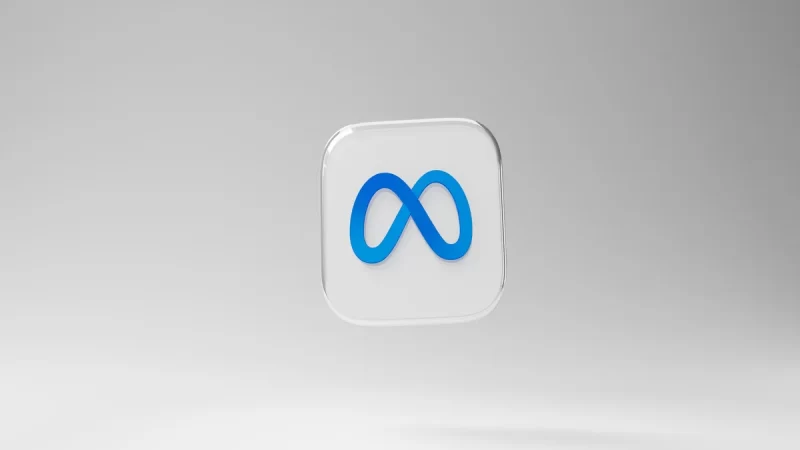An Ulitmate Guide to Write ChatGPT Prompts For Top-Notch Responses

Creating effective prompts for ChatGPT can significantly impact the quality and relevance of the generated responses. By constructing clear, engaging, and detailed prompts, you can guide the AI model to provide top-notch, coherent, and contextually appropriate answers. Here’s a comprehensive guide to help you craft exceptional prompts:
1. Clarity and Specificity
Begin by ensuring your prompt is clear and specific. Clearly outline the context, topic, or task you want ChatGPT to address. Vague or ambiguous prompts may lead to generalized or off-topic responses.
For instance: Unclear: “Talk about technology.” Clear: “Describe how artificial intelligence is revolutionizing healthcare.”
2. Contextual Information
Provide relevant background information if needed. Contextual details help ChatGPT understand the scenario better and generate more accurate responses.
Example: “Imagine you’re a marketing expert tasked with launching a new product. Explain the key strategies you’d employ for a successful product launch.”
3. Use Open-Ended Questions
Craft open-ended questions that encourage detailed, informative responses. Avoid yes/no questions as they might limit the AI’s ability to provide comprehensive answers.
Instead of: “Is climate change important?” Try: “Discuss the environmental impact of climate change and its long-term consequences on ecosystems.”
4. Incorporate Constraints or Guidelines
If necessary, provide constraints or guidelines to refine the scope of the response. This can prevent the AI from diverging too widely from the intended topic.
Example: “Explain the concept of time management in the context of workplace productivity, focusing on three key strategies.”
5. Include Multi-Part Questions
Break down complex queries into smaller, interconnected parts. This helps in addressing various aspects of a topic systematically, ensuring a more structured response.
For example: “Describe the origins of surrealism in art, its prominent artists, and the influence of surrealism on modern artistic movements.”
6. Incorporate Creativity and Scenarios
Engage ChatGPT’s creative capabilities by presenting scenarios or hypothetical situations. This encourages the AI to craft imaginative and contextually relevant responses.
Example: “Imagine you’re a detective solving a mysterious murder case. Describe the steps you’d take to unravel the mystery and identify the culprit.”
7. Avoid Ambiguity and Bias
Steer clear of ambiguous language or biased prompts that might influence the AI’s responses. Maintain neutrality and clarity in your language.
For instance: Avoid: “Why is Product X the best on the market?” Use: “Evaluate the features and benefits of Product X compared to its competitors.”
8. Provide Feedback and Iteration
Review the generated responses and provide feedback. Iteratively refine your prompts based on the AI’s output to improve the quality of subsequent interactions.
Frequently Asked Questions (FAQs) about Crafting ChatGPT Prompts:
A good prompt is clear, specific, and open-ended. It should provide context, avoid ambiguity, and encourage detailed responses. Clarity and relevance are key to eliciting top-notch AI-generated answers.
Refine your prompts by providing context, asking open-ended questions, and offering specific details. Review and iterate based on generated responses to enhance subsequent interactions.
Yes, incorporating guidelines or constraints can help focus the AI’s response. However, balance specificity with openness to allow for comprehensive answers.
Multi-part questions can be beneficial as they break down complex topics, enabling a more structured and thorough response from ChatGPT.
Encourage creativity by presenting scenarios or hypothetical situations. Imaginative prompts can stimulate contextually relevant and creative responses.







